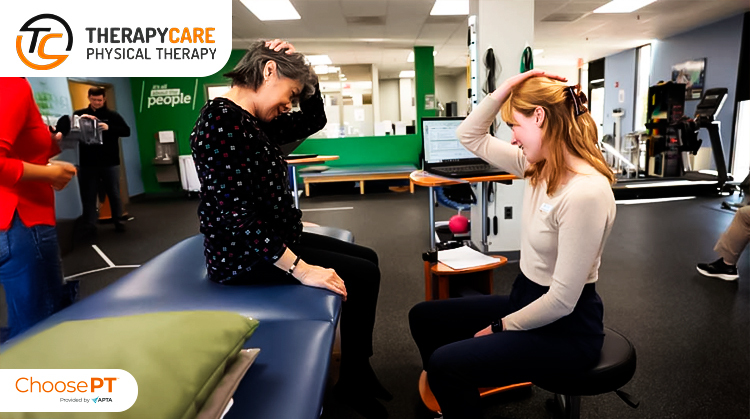
Arthritis describes inflammation or swelling of joints. Osteoarthritis, or OA, is the most common type of arthritis damaging the joint surfaces. OA impacts the entire joint, including the bones and joints that bear weight, like the hips and knees, are the most often affected. Damage from OA can slowly worsen over time, leading to pain, stiffness, and swelling.
According to the Centers for Disease Control and Prevention, over 32 million Americans have some form of OA. The condition affects women more than men, and the risk of developing OA increases with age. Other risk factors include past joint injury and obesity.
Nearly half of Americans with arthritis report that it limits their activities. OA can affect many things, including:
People with arthritis are four times more likely to have at least two falls. They also are five times more likely to be hurt from falling.
Although a joint replacement is sometimes needed, this is not always the case. You may be able to decrease pain from OA by:
Physical therapists can help people understand and manage their OA. Physical therapy treatments may lessen OA pain and increase strength, motion, and balance. These improvements can positively impact a person’s movement function and reduce the chances of falling. Physical therapists can also teach people about healthy lifestyle choices that may positively impact OA.
Physical therapists are movement experts. They improve quality of life through hands-on care, patient education, and prescribed movement. You can contact a physical therapist directly for an evaluation. To find a physical therapist in your area, visit Find a PT.
Joints, like those in the hip and knee, are where two bones connect to allow motion. Synovial fluid is a “lubricating oil” in joints. Cartilage is a strong, smooth surface that covers and protects the bones at joints. It acts as a “cushion” when bearing weight while standing, walking, and climbing stairs. The cartilage and synovial fluid help reduce friction in the joints for motion. Over time, the protective cartilage can break down. If this happens, a person may have more pain and stiffness when moving.
The cause of OA is not known. Currently, growing older is the main risk factor for developing OA. Factors that may increase your risk for OA include things you can change, such as obesity, and other factors, like age, that we cannot change. Some factors that increase a person’s OA risk are:
Typically, OA causes pain and stiffness in the affected joint. Common symptoms are:
Caution: Warmth with swelling or redness around the joint is not typical with OA. It may indicate a different condition or signs of inflammation. Please consult your doctor if you have swelling, redness, and warmth in or around a joint.
Physicians and some physical therapists may diagnose osteoarthritis with an X-ray. Some signs that may lead your physical therapist to suspect OA include:
Physical therapists using the 2022 National Institute for Health and Critical Excellence criteria may consider an OA diagnosis if you are 45 years or older and have joint pain with activity but no stiffness in the morning, or have morning stiffness lasting 30 minutes or less.
Physical therapy can be effective for OA. Physical therapy may help you avoid surgery and prescription pain medications. Although the symptoms of OA are different for each person, starting a targeted exercise program designed by a physical therapist may improve your symptoms and slow the impact OA has on your bones and joints.
Your physical therapist will:
In cases of OA that are not helped by physical therapy alone, your physical therapist will refer you to an orthopedist or orthopedic surgeon to discuss other options. This may include medication, steroid shots, and even surgery in some cases.
Osteoarthritis is more common in older adults. It cannot be prevented entirely. Choosing an active, healthy lifestyle can help slow the onset or progression of OA.
This means maintaining a healthy weight and staying physically active. Taking part in a community exercise class can help you get the recommended amount of regular physical activity.
People who perform repeated movements that stress specific joints during work or sports can benefit from a physical therapist’s advice on proper movement techniques and muscle strengthening. This can lessen joint strain and promote joint health.
Everyone, especially older adults, should learn proper balance and movement techniques. This can lower their chances of falling and injuring a joint.
All physical therapists are prepared through education and experience to treat OA. However, you may want to consider:
You can find physical therapists with these and other credentials by using Find a PT, a tool built by the American Physical Therapy Association to help you search for physical therapists in your area.
General tips when you’re looking for a physical therapist (or any other health care provider):
More Information on Osteoarthritis
Other Arthritis Resources
We understand what you’re going through. And we’ll do whatever it takes to get you back in action. We offer flexible hours and in most cases, we can see you within 24 hours.